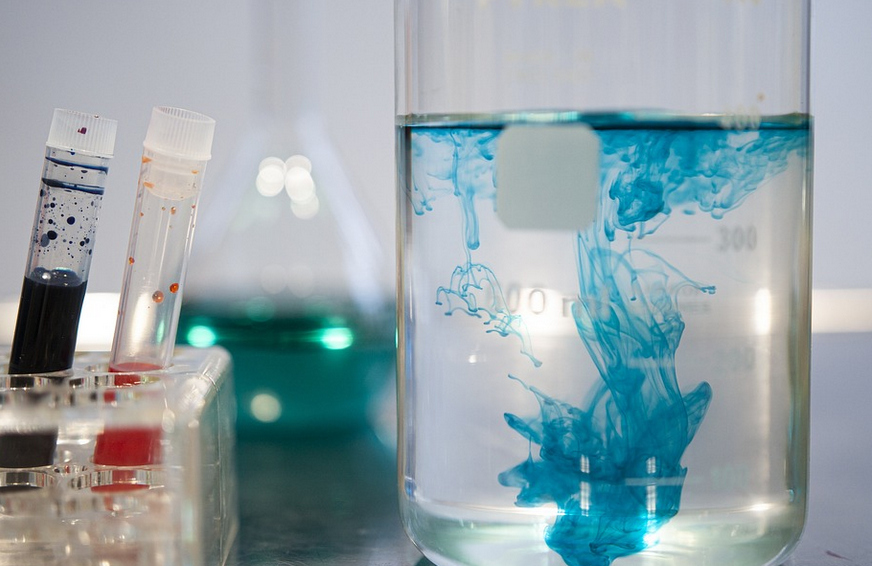Introduction
Have you ever heard of chemical peel? Chemical peel is a cosmetic treatment that has been used for decades to improve the appearance of skin. In this article, we will discuss what chemical peel does to the skin and its benefits.
What is Chemical Peel?
Chemical peel is a skin treatment that involves applying a chemical solution to the skin, which causes the skin to exfoliate and eventually peel off. The chemical solution is made up of acids such as alpha hydroxy acids (AHAs), beta hydroxy acids (BHAs), or trichloroacetic acid (TCA). The solution is applied to the skin for a specific amount of time, depending on the type of chemical peel and the desired results.
What Does Chemical Peel Do to Skin?
Chemical peel is used to improve the appearance of the skin by removing the outer layers of skin, which are often damaged, dull, or discolored. The process of exfoliation and peeling stimulates the growth of new skin cells, which results in smoother, brighter, and more even-toned skin.
The Benefits of Chemical Peel
Chemical peel has several benefits for the skin, including:
1. Reducing Wrinkles and Fine Lines
Chemical peel can help reduce the appearance of wrinkles and fine lines by stimulating collagen production, which is essential for skin elasticity and firmness.
2. Treating Acne Scars
Chemical peel can help reduce the appearance of acne scars by removing the outer layers of skin and promoting the growth of new skin cells.
3. Improving Skin Texture and Tone
Chemical peel can help improve skin texture and tone by removing dead skin cells and promoting the growth of new, healthy skin cells.
4. Minimizing Pores
Chemical peel can help minimize the appearance of pores by removing dead skin cells and unclogging pores.
The Types of Chemical Peel
There are three types of chemical peel:
1. Superficial Peel
Superficial peel is the mildest type of chemical peel and is used to treat mild skin discoloration, fine lines, and dryness. The solution is applied to the skin for a few minutes, and there is no downtime.
2. Medium Peel
Medium peel is used to treat more severe skin discoloration, wrinkles, and acne scars. The solution is applied to the skin for a longer period of time, and there is some downtime involved.
3. Deep Peel
Deep peel is the strongest type of chemical peel and is used to treat severe skin discoloration, deep wrinkles, and acne scars. The solution is applied to the skin for a longer period of time, and there is significant downtime involved.
The Risks and Side Effects of Chemical Peel
While chemical peel is generally safe, there are some risks and side effects associated with the treatment, including:
1. Redness and Swelling
Redness and swelling are common side effects of chemical peel, especially with deeper peels.
2. Sun Sensitivity
Chemical peel can make the skin more sensitive to the sun, so it is important to wear sunscreen and avoid direct sunlight after the treatment.
3. Scarring
While rare, scarring can occur with chemical peel, especially with deeper peels.
Conclusion
Chemical peel is a safe and effective way to improve the appearance of the skin. With its ability to reduce wrinkles, treat acne scars, and improve skin texture and tone, chemical peel is a popular choice for those looking to achieve younger, healthier-looking skin. However, it is important to discuss the risks and benefits with a qualified dermatologist before undergoing the treatment.

